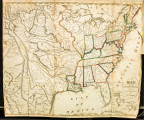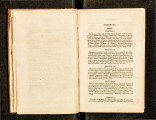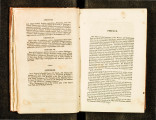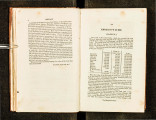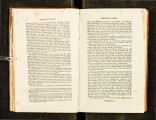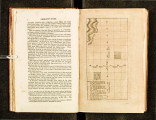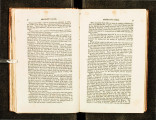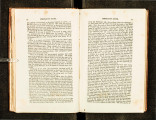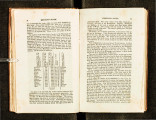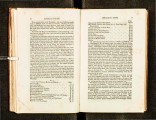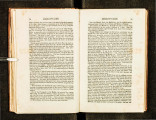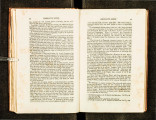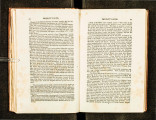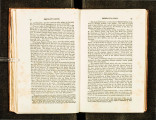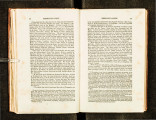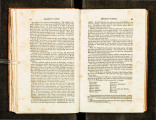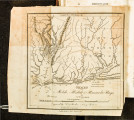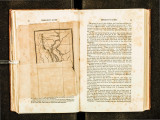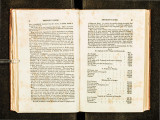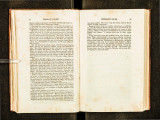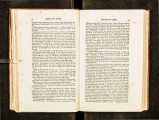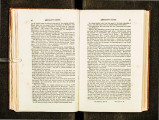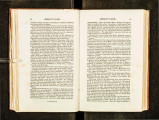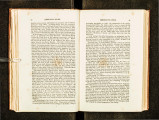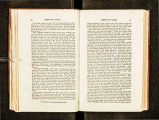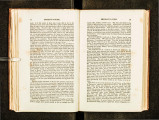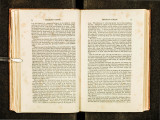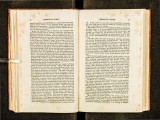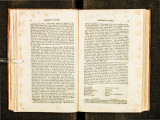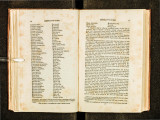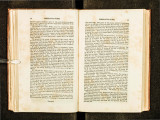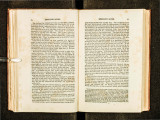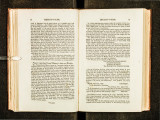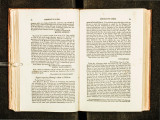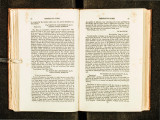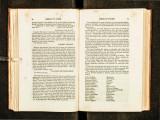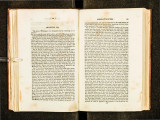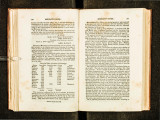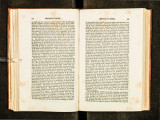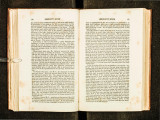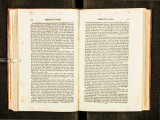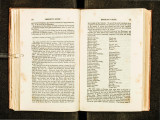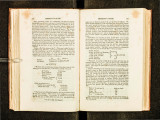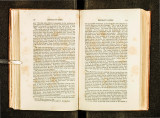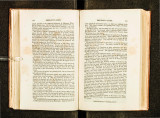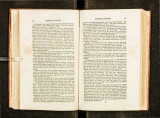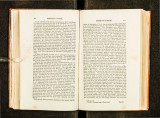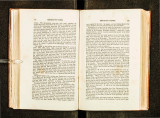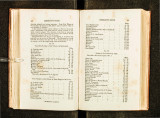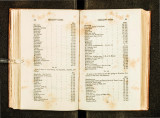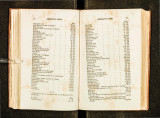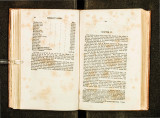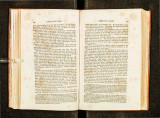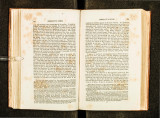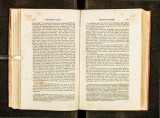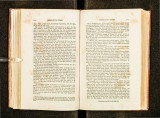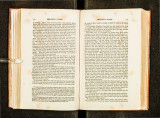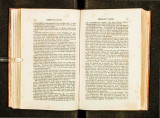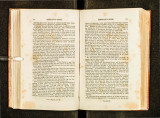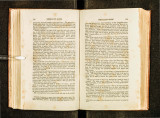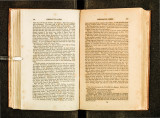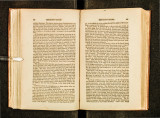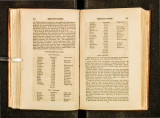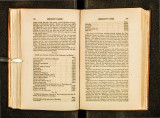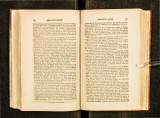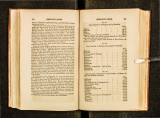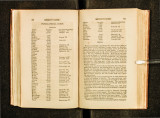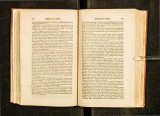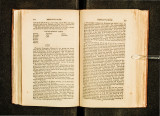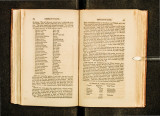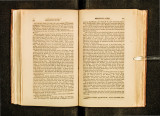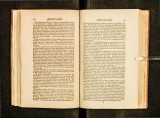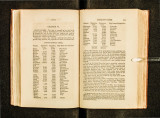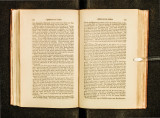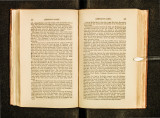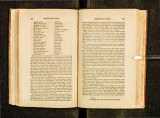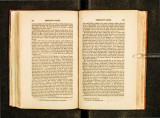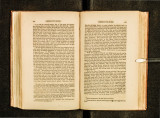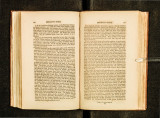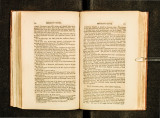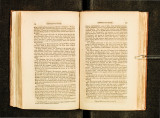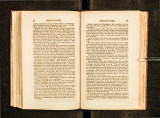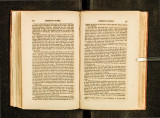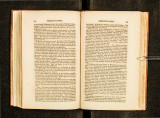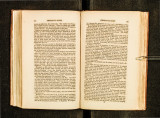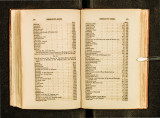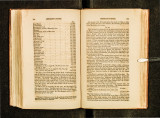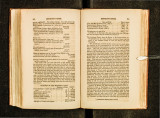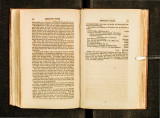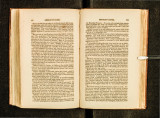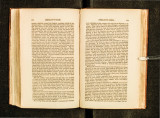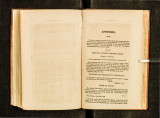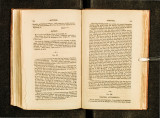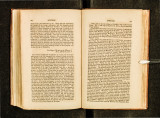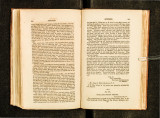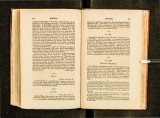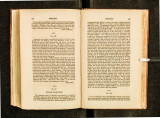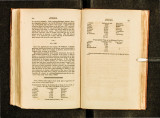| OCR Text |
Show rso :EMIGRANT'S GUIDE. more easily produced than ~ilk: the former is also now more fam iliar to our wa~ts, the latter every da~ becoming less so. . There IS one auvantage attendmg the rearing the silk worm, arism~ from the mulberry tr~e, upon whose leaves that animal subsist~ , ~emg capable of c~llt~r.e m many places, where, from the inequalities or othet· pecuhant1es, vegetables demandino- the plou o-h could n.ot be ~ultivated. This advantage will be felt, 0 and perh~p~ extenstvely, ~n the la~se of ages, when land becomes dear from excess of populatiOn; ~ut m the present state of thiJJg ·, it may he doubted whether the stlk worm would reward the attention paid to its nature so pro~tably. as would the same time and labour employed otherwise: Se!tmg_ ~side the q_uesti~n of its e~pediency, the probl em of the practicability of reanng s1lk worms m the United States has been solved by actual experiment. ' . Milier, in his Gardener's Dictionary, un der the article Mulberry. ~nforms us that the white, or silk worm mulberry tree, prod uceJ fruit m the Chelsea garden in Engl~nd. The tree would no doubt grow almost .spontaneously over an Immense surface in the United States. Mr. Miller observes; "I have been assured by a ge ntleman of hon~ ur, who bas made trial of both sorts of leaves, that the worm fed w•t.b t!~e bla~k sort produced much better silk than those of the wh1te.. Tb1s renuered it prqbable that the leaf of the white mulberry Is not exclusively necessary to the silk worm. The ~orus, foliis cordatis subt~ts villosis, amentis cyHndricis; mulberry w!th ~eart-shaped _leaTes, which are hairy on their under side, and cylmdncal catkms, Is the mulberry tree ~o common in the Uni· ted States . . Whether the leaves of this latter species would be suitable to the sdk ~orm, has not been, perhaps, ever yet subjected to ~equa~e exp~n~ent, but lv.Ir. l\1iller renders the affirmative probable. ~erhe IS a stnkm_~ analog~ between the black mulberry df Europe, an t e morus folus cordatts of America This article migh_t be imf~finitely enl;rged, but without conveying ~uch real or u.seful mformatwn. Nothing more than generaJ ideas of either.t?~ agncuJtur~l pursuits of the people of any country, or the capabiiJtJe~ of the sml, can be given by mere verbal Jescription. A person~l Vl~W of any country will do more in informino- tbc mind res 1 pedmg Its fe~tures, in three months, than' the readino- ;f numerous vo u~es can do m as ~nany years. b ( 187 ) CHAPTER V. THE valleys of Ohio and Il1inois comprise, perhaps? the finest region in the world. ·If snil, climate, vegetable, ~n.d ~u~eral production are added to its commercial advantages, this opmwn cannot be con~idered extravagant. The surface comprised i? these united v~lleys, is bounded by an outline of about 2400 mtles,. ~nd contams 226,072 square miles, of which surface about 30,000 JS m the valley of Illillois, and 196,000 in that of Ohio. The greatest length of this expanse is from the head waters of the Aleghauy river to those of Bear creek, 720 miles ; the greatest breadth from the head waters of Sagasonon branch of Illinois, to the head of the streams that fall into the left sid~ of the extreme south bend of Tennessee, and is 550 miles. The extreme north part of this valley rises above 42° N. lat. in two places, namely, the head of Aleghany and that of the river Plein, a branch of the Jllinois; it extends as far south as 34° N. lat. A due north and south line from the head of the river Plein to that of Mulberry creek, which falls into the south side of Tenn~~see river, in the Alabama territory, will extend through all the climates of the valleys· of the Ohio and Illinois. This is, no doubt, the large~t unbroken surface of productive soil in North America, if not on the globe. The following statistical table, will exhibit the present political di-visions of this country, with their extent and population. Territorial division. Part of the state ofN ew-York do state of Pennsylvania do state of Virginia do state of North Carolina do state of Tennessee do Alabama territory do ~tate of Mississippi All the state of Kentucky Part of the state of Ohio do Indiana do Illinois territory Square miles. 1,880 16,500 26,768 2,400 36,000 6,583 941 39,000 31,500 32,000 3't,500 226,072 Population. 20,000 102,391 100,000 25,000 340,000 10,000 580,000 300,000 JOQ,OOO 24,520 1,601,911 Of this surface, 121,602 square miles lie S. E. and 104,470 N. W. of the river Ohio; of the population 1,115,000 are placed upon the former, and <i86,911 upon the latter section • . Geological structure.-T he valley of Ohio is of secondary formatwn in its entire ettent, and abounds with substaiaces belonging to countries ~o cotlstituted. Much the greater part of the rock base is composed of mica slate, (micaceous schist,) or sandstone slate and |





